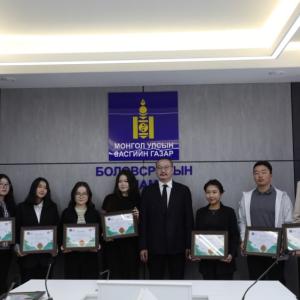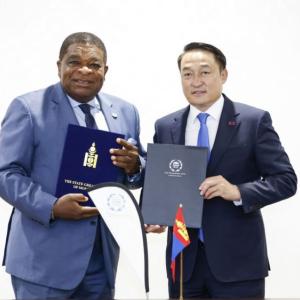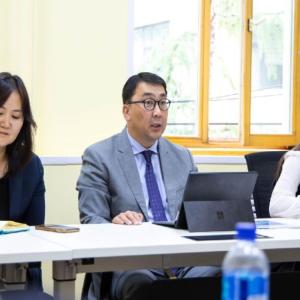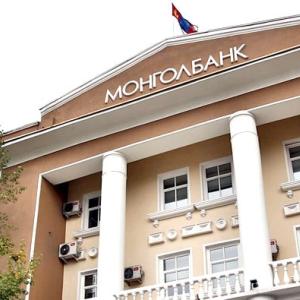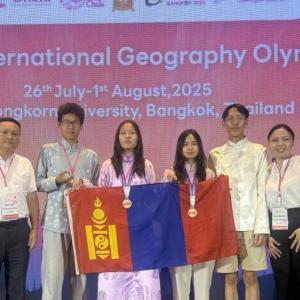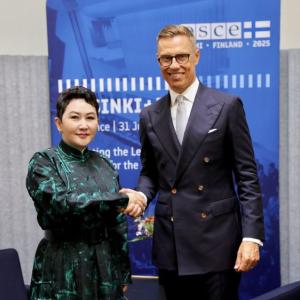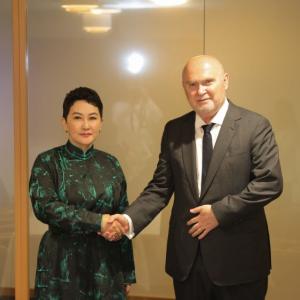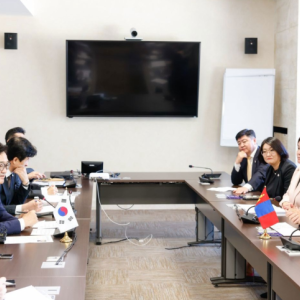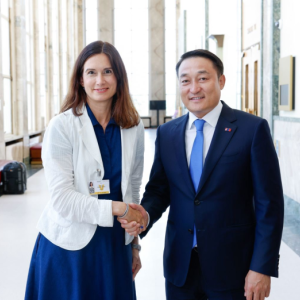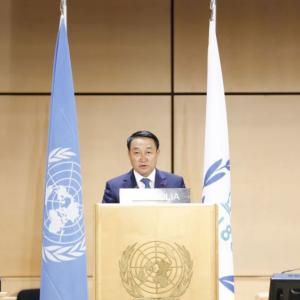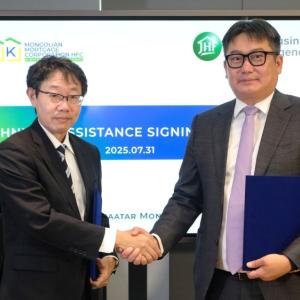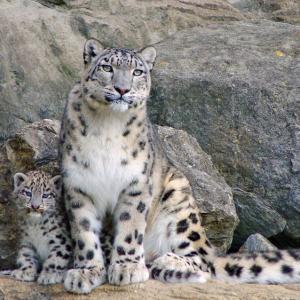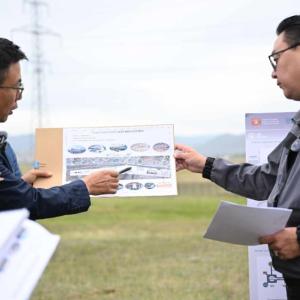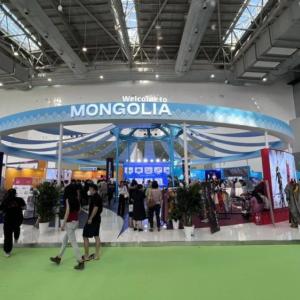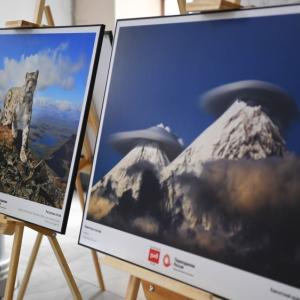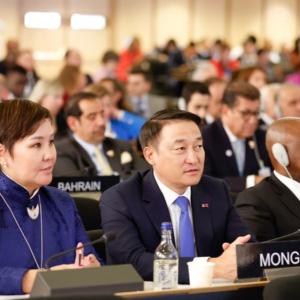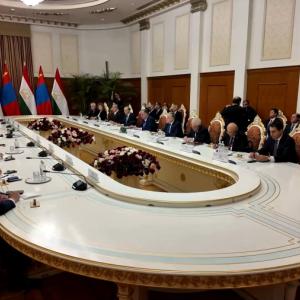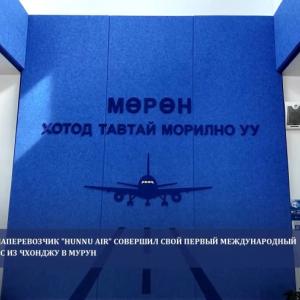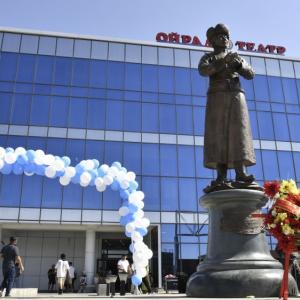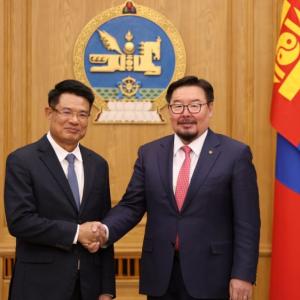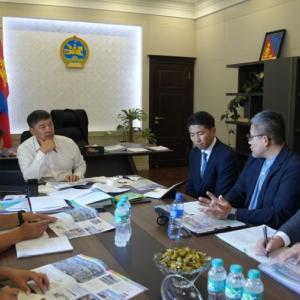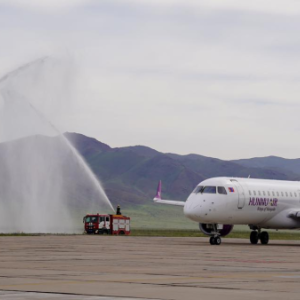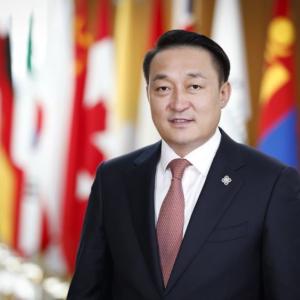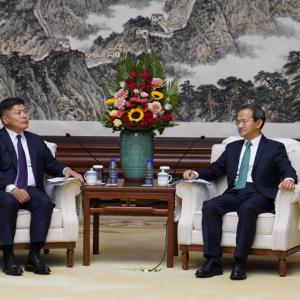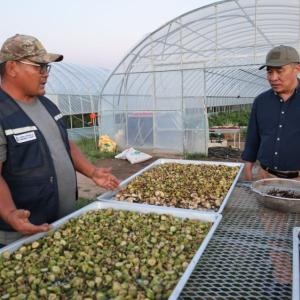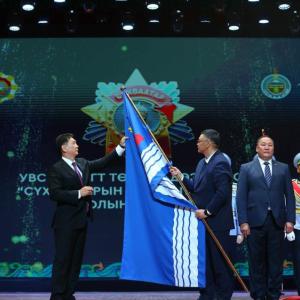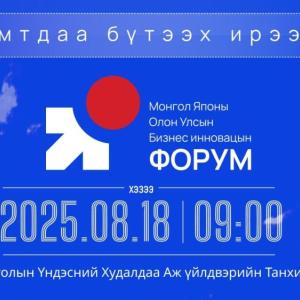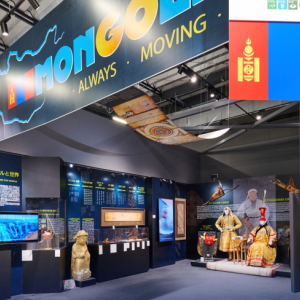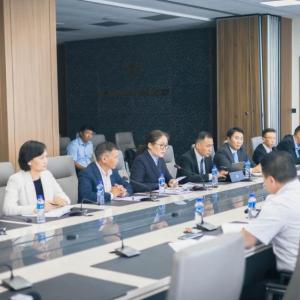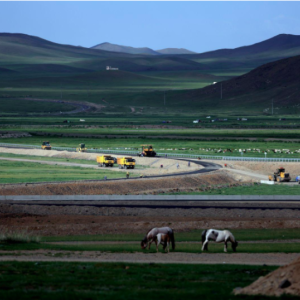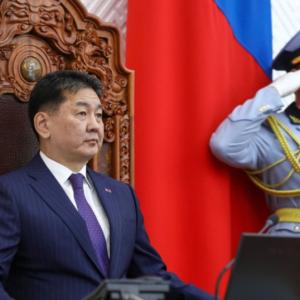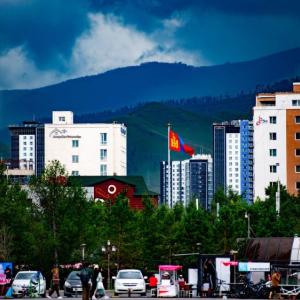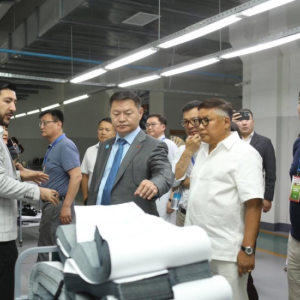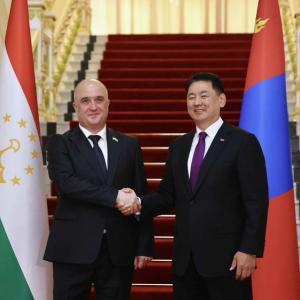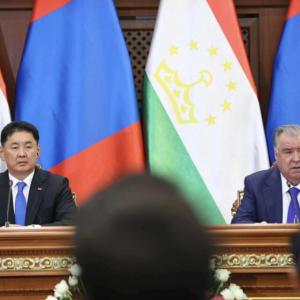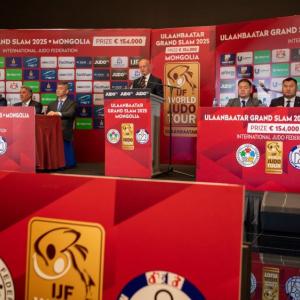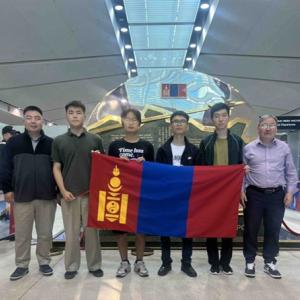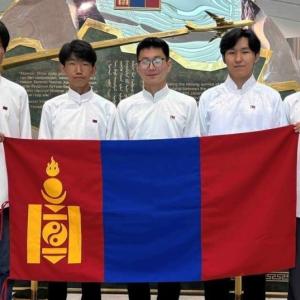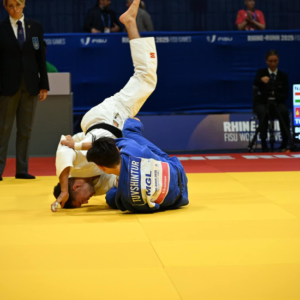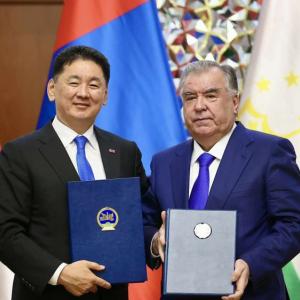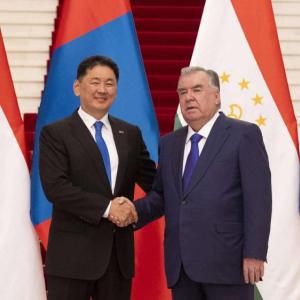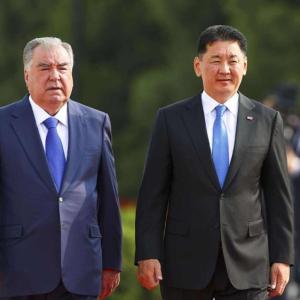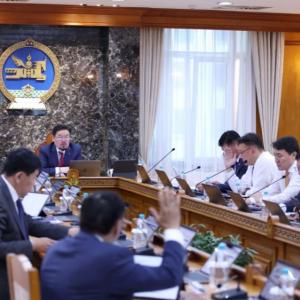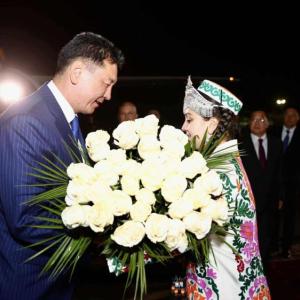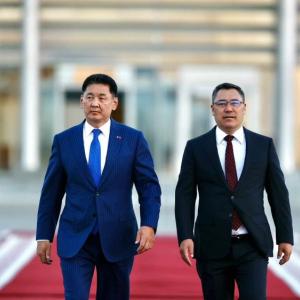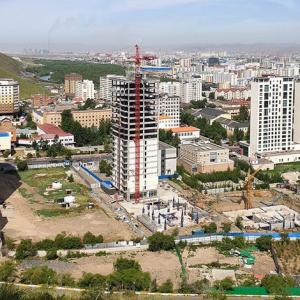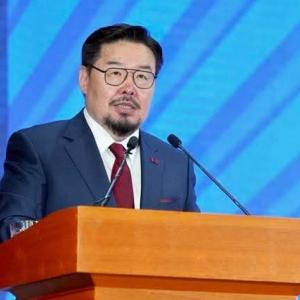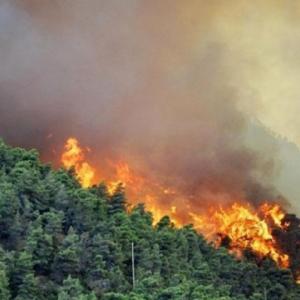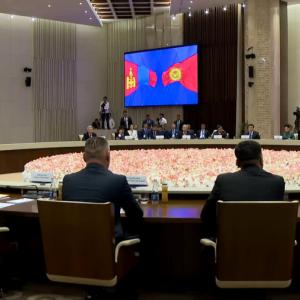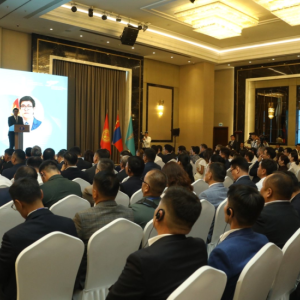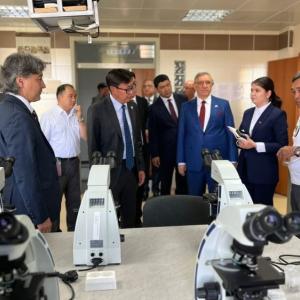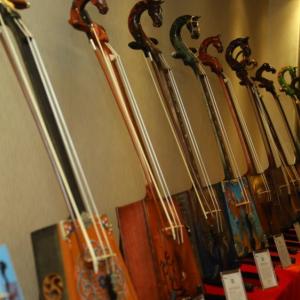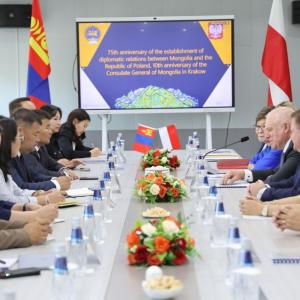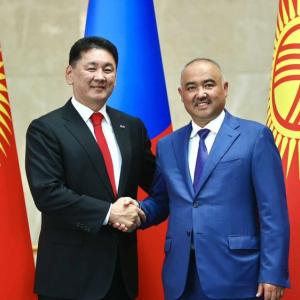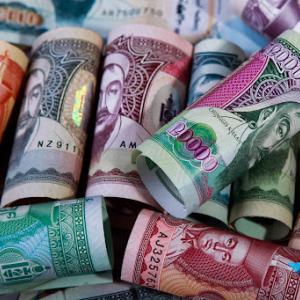Green Belt Project - Symbol of Friendship between Mongolia and the Republic of Korea
The Mongol Messenger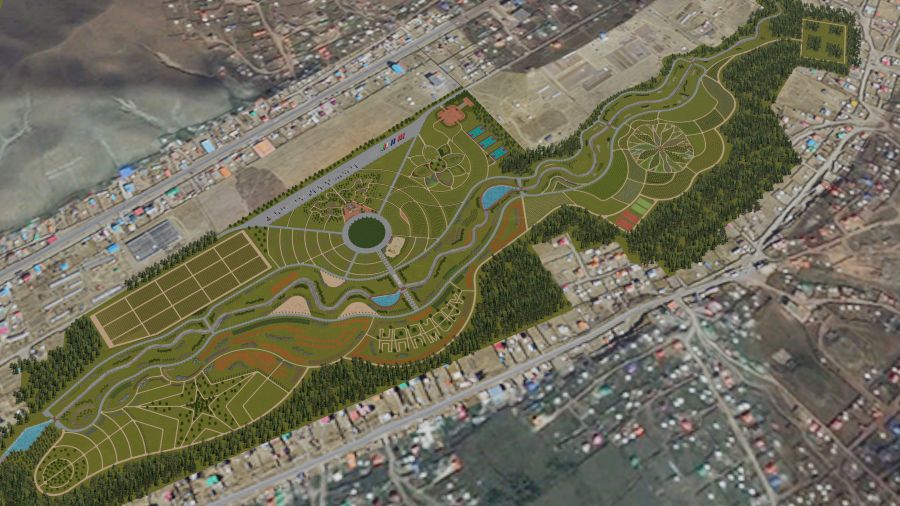
Ulaanbaatar /MONTSAME/ On
November 22, 2019, during a parliament session, it was warned that 76.8 percent
of Mongolia’s territory has become subject to desertification and land
degradation. Later, on February 20, 2019, a technical meeting to develop a
global sand and dust storm source base map talked about how the yellow dust
storm caused by desertification and land degradation is posing a challenge to
not only Mongolia and Asia, but the entire world and producing diverse impacts
on human health.
A Mongolia-ROK joint project, ‘Green Belt’, has been running for 14 years to mitigate desertification in Mongolia and combat yellow dust storms. Specifically, Mongolia and ROK made high level talks to implement a forestation project for the prevention of yellow dust storm and desertification in 2005, and the Mongolian Ministry of Environment and Tourism established a Memorandum of Cooperation with the Korea Forest Service in 2006. As a result of the project, tree nurseries have been set up in 45 hectares of lands in Dalanzadgad soum of Umnugobi aimag and Bayanzag Flaming Cliffs site in the aimag’s Bulgan soum and Lun soum of Tuv aimag with USD 11.8 million assistance from ROK and 3,046 hectares of forests have been planted.
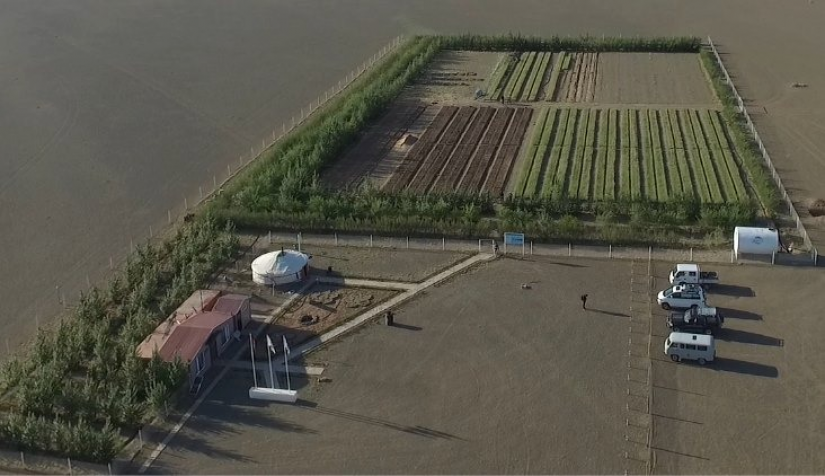
20 types of anti-desertification trees such as poplar,
tamarisk, willow, elm, Prunus sibirica, and Prunus amygdalus, that were planted
in the abovementioned three soums, where yellow dust storms might emerge from,
are now growing smoothly. Mongolia has been taking over the management of the
forested areas in phases. Since 2017, a total of around 2,200 hectares of lands
have been transferred to the Mongolian side. The remaining 821 hectares of
lands will be transferred this year together with funds and equipment necessary
for upkeeping the forested areas. This will open up an opportunity for the
Government of Mongolia to preserve the forests and plant more trees, said
project director Seong In-kyeong. Showing that there is a great opportunity to
plant trees in the areas affected by desertification and further grow forests was
an outstanding success. Mr. Seong Inkyeong also emphasized his hope that many
citizens and politicians will get inspirations from the project and protect the
nature by planting trees.
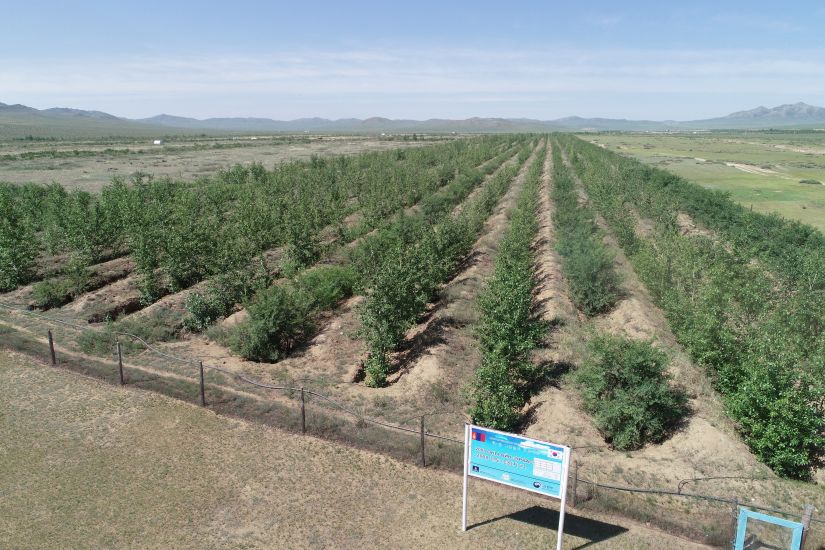
Even though the project had
originally wrapped up in 2016, governments of the two countries agreed to
continue with it and held another high-level talks on May 18, 2016, and a
memorandum of understanding was signed on July 17 of the same year to
collaborate in the fight against desertification and yellow dust storms. Accordingly,
it was decided to implement the project’s second phase from 2017 to 2022 and
works began to build an urban forest called ‘Mongolia-ROK friendship park’ in a
40 hectares of land located in the 16th subdistrict of Sukhbaatar district. The
ongoing second phase targets reduction of air pollution in the capital city,
while the goal of the first phase was to prevent yellow dust storms. The
project worth USD 9 million is currently 50.8 percent complete. The project
director highlighted that people will get to know everything about forests such
as benefits, plantation, and maintenance of trees by visiting the urban forest,
while they would only take a rest and picnic in regular parks.
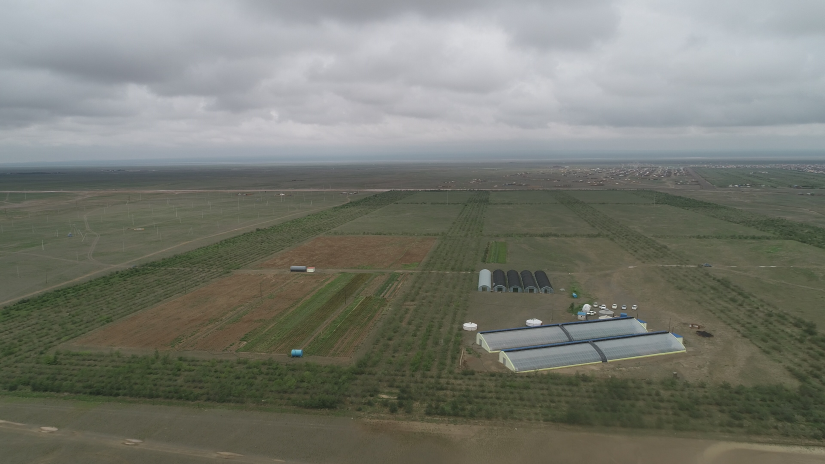
The urban forest will have 90
types of trees and other plants besides having a learning garden, bike path,
playground, sports ground, and a parking lot for around 100 cars. Currently,
the construction of basketball court is running at 83 percent, observation
tower – 79 percent, parking lot – 79 percent, fences – 94 percent, flower-shaped
railings - 33 percent, levee – 98 percent, pond – 99 percent, and information
center - 24 percent, and the park’s tree nursery has been fully constructed.
The most important part of the project, tree planting, is beginning this year.
A single tree has an annual fine dust reduction effect of 35.7 grams and an
acre of moderately mature trees absorbs 2.5 tons of carbon dioxide per year. It
is therefore expected that the project will concretely contribute to reducing
air pollution in the capital city.
During his March 2019 visit to
Mongolia, former ROK Prime Minister Lee Nak-yeon got acquainted with the
construction works and planted a tree. About this, project director Seong
In-kyeong said, “During his visit, Prime Minister Lee Nak-yeon gave us an idea
for fruitful continuation of the project. So we are now studying whether to
implement the project’s third phase.”
The project team is confident that the Green Belt project that has been making concrete contributions to preventing and fighting desertification and yellow dust storms in Mongolia and reducing air pollution in Ulaanbaatar city will become a symbol of friendship between Mongolia and the Republic of Korea.
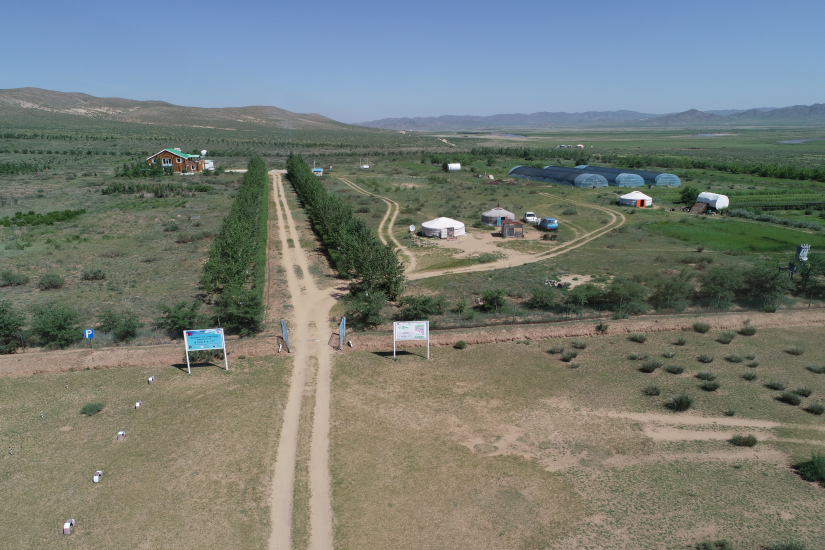
Ch.Ariunbold

 Ulaanbaatar
Ulaanbaatar

